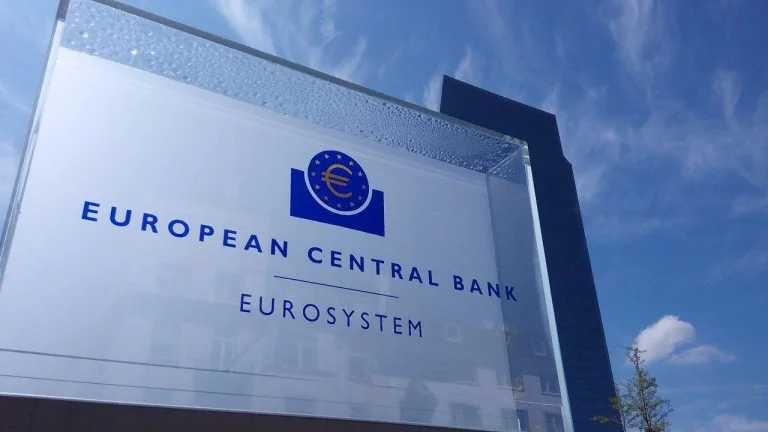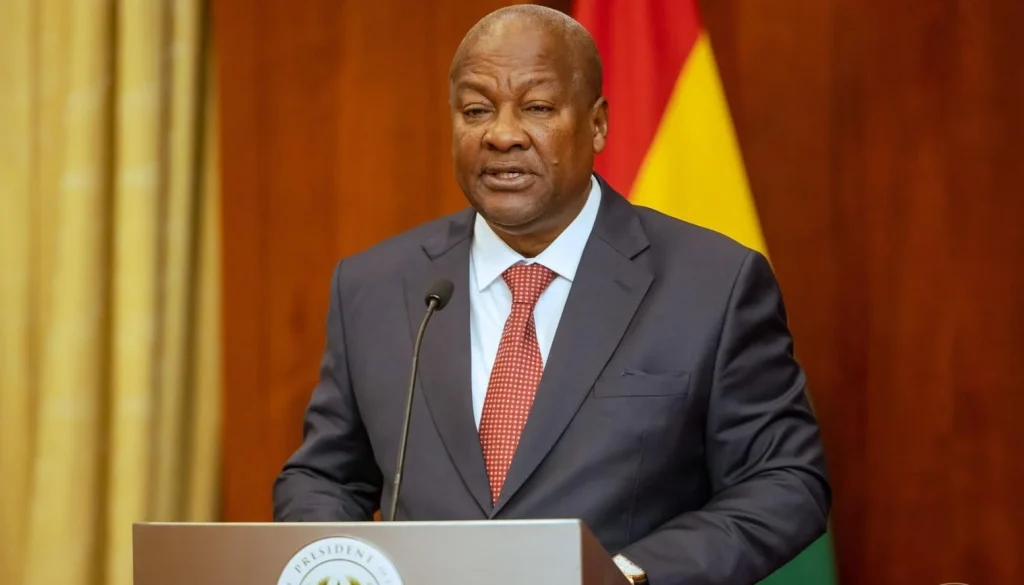The U.S. dollar weakened against the euro earlier today following the European Central Bank’s (ECB) indication that its year-long policy easing cycle may be nearing its end, coupled with U.S. data revealing a softening labor market amid economic pressures from tariffs.
The euro rose 0.18% to a six-week high of $1.1495, approaching its three-year peak of $1.1573 from April 20, reflecting shifting market dynamics.
ECB’s Rate Cut and Policy Shift
The ECB cut interest rates by 25 basis points to 2% on Thursday, marking its eighth reduction in a year, as inflation dropped to 1.9%, below the 2% target for the first time in over a year.
ECB President Christine Lagarde signaled a potential pause in rate cuts, noting that inflation is under control but expressing concerns about economic risks, including a possible U.S. trade war.
“The ECB is getting towards the end of its rate-cutting cycle,” Lagarde said, prompting a surge in the euro’s value.
U.S. Labor Market and Tariff Pressures
U.S. data showed a second consecutive week of rising unemployment claims, indicating a cooling labor market as tariffs contribute to economic uncertainty.
While this data does not directly impact Friday’s non-farm payrolls (NFP) report, expected to show a 130,000 job increase for May, it has lowered expectations for robust employment growth.
“Evidence of a cooling in labor markets is building, putting downward pressure on yields,” said Karl Schamotta, chief market strategist at Corpay.
The dollar’s 11% yearly decline against the euro underscores broader weakness, exacerbated by President Trump’s tariff announcements since April 2, which have disrupted markets and driven investors toward non-U.S. assets.
Trump-Xi Talks and Global Trade
Volatility in the dollar was further fueled by news of a phone call between President Trump and Chinese President Xi Jinping, the first high-level contact in months amid strained U.S.-China trade relations.
Investors remain wary as trade negotiations falter ahead of a July deadline, with Trump’s tariff policies prompting a search for alternatives to U.S. assets.
The dollar index, tracking the greenback against a basket of currencies, fell 0.09% to 98.71, marking its second consecutive session of losses.
Dollar’s Performance Against Other Currencies
Despite its weakness against the euro, the dollar gained 0.51% against the Japanese yen to 143.49 and 0.16% against the Swiss franc to 0.819, reflecting cautious market positioning before the NFP report.
However, the greenback remains down 9% year-to-date against these safe-haven currencies. Sterling rose 0.11% against the dollar, supported by the UK’s trade deal with the U.S., which spared it from higher steel and aluminum tariffs.
Meanwhile, Bitcoin fell 2.5% to $102,061.52, extending its losses.
Market Outlook
The dollar’s softer tone, driven by ECB policy signals, U.S. labor market concerns, and tariff-related headwinds, may persist as markets await Friday’s NFP data.
The euro’s strength highlights a shift in investor confidence toward European assets, though trade uncertainties continue to loom large.
Analysts expect continued volatility as global economic dynamics evolve.























